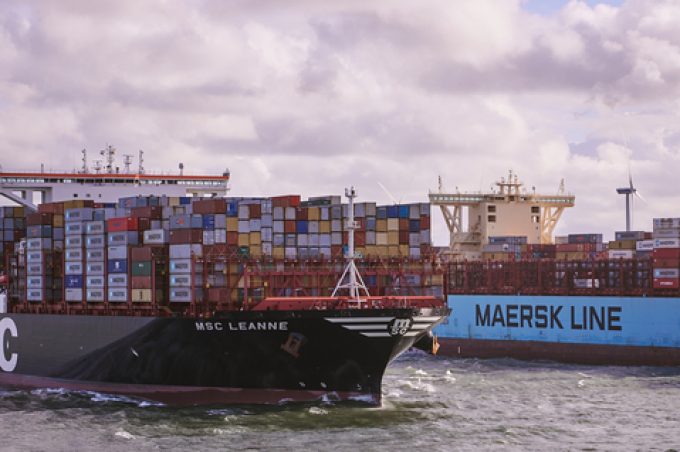Maersk not concerned by Trump hostility to green fuels for ships
Maersk’s environmental agenda will be driven by customers over administrations, amid the increasing uncertainty surrounding ...

After successive weeks of blanking its AE1/Shogun Asia-North Europe loop, the 2M Alliance has finally confirmed that the service is to be suspended.
It is the first alliance service on the tradelane to be officially culled and is likely to be followed by the removal of more in the weeks to come as ocean carriers try to mitigate the impact of significantly reduced demand.
According to Alphaliner, the AE1/Shogun loop has been cancelled each week since early December by 2M partners Maersk and MSC. It had deployed ...
Volcanic disruption at Anchorage could hit transpacific airfreight operations
Macron calls for ‘suspension’ – CMA CGM's $20bn US investment in doubt
Forwarders stay cool as US 'liberation day' tariffs threaten 'global trade war'
Shippers snap up airfreight capacity to US ahead of tariff deadline
De minimis exemption on shipments from China to the US will end in May
Tighter EU import requirements proving 'a challenge' for forwarders
Looming Trump tariffs will create 'a bureaucratic monster' for Customs

Comment on this article